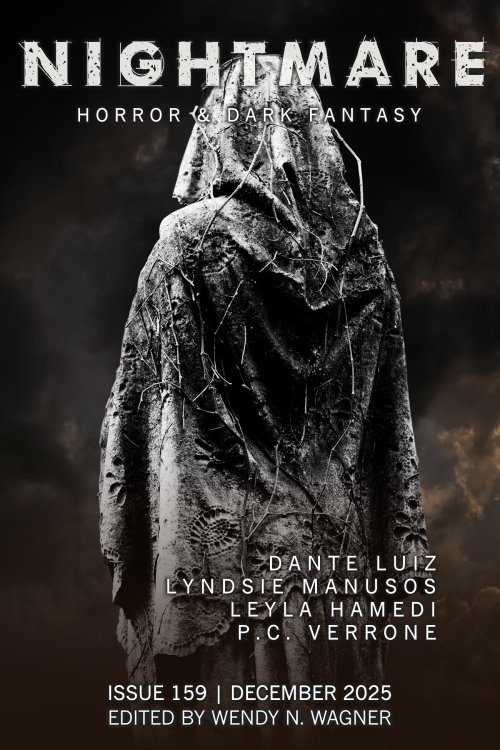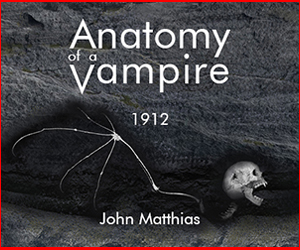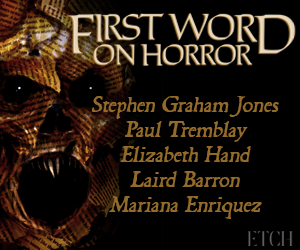Nonfiction
The H Word: On Cruelty
Growing up, I was a shy, tenderhearted kid. School was not a good place for me, and I remember being astonished by my classmates’ naked viciousness. When a girl’s skirt rode up from the friction of her backpack, people pointed, nudged their friends, grinned at her without saying anything. Someone was sent home once for lice, and that would come to define her for years, a stain that she and every one of her sisters had to carry.








